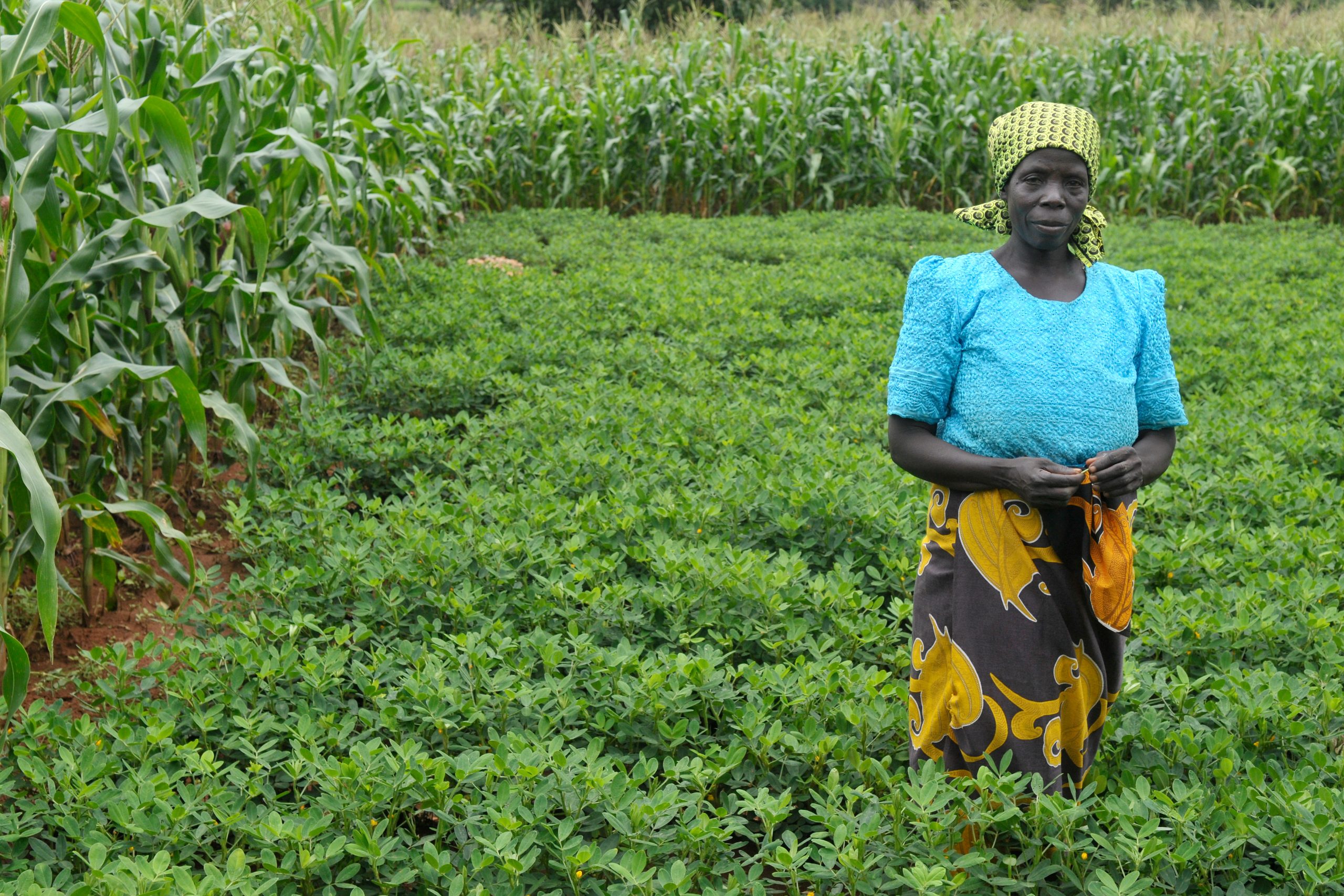Polygamy and agricultural commercialisation in Malawi

Written by: Loveness Mgalamadzi
Agricultural commercialisation is perceived as a positive step towards development and economic growth in Malawi, as well as a source of household income and livelihoods among local communities. However, the process of commercialisation is hindered by a number of factors, and remains unequal in its benefits as a result of gender inequalities that exits in the country. In this second blog of our two-part series on marital issues’ effects on agricultural commercialisation, we turn our attention to polygamy and its role in limiting women’s empowerment. Read the previous blog in this series, which focuses on marital issues in singular marriages as well as the experiences of male- versus female-headed households, here.
Polygamy is the practice of having multiple spouses, and in Malawi, the dominant form of polygamy is polygyny, in which a man has more than one wife. The practice is usually accepted under customary law, which treats women as lesser members of their family and society, and as inferior in status to men. Polygamous marriages tend to exhibit many gender inequalities, which some attribute to the perception of second and successive wives as burdens to their marriage – given that they are another individual for the husband to provide for and for resources to be shared with – and, in some cases, their lack of legal recognition. However, others have argued that inequalities are not necessarily a result of the polygamy practice itself, but of the patriarchal behaviours of the parties involved. On the one hand, the man feels superior and in control of the women; on the other hand, wives feel inferior to their husbands. Furthermore, polygamy perpetuates women’s low socioeconomic status by forcing them to share valuable resources with the husband’s other wives and children. Polygamy is also known to deepen the impoverishment of women by limiting their access to financial resources during marriage upon divorce or death of their husbands. Our study confirms these impacts, for example:
“My father had two wives, he liked the first wife more than my mother. It was difficult for us to access money from farming because the decisions to use the money from farming were made by him and his first wife. After harvesting, all the produce was kept by the other wife, including the money from the crop sales. Sometimes he could use the money to buy household assets for the other wife and not my mother; my mother had to buy her own from her own small business. Sometimes we would sleep on an empty stomach, and sometimes the other wife could give us a little maize for food.”
We also note some power dynamics with regard to decision-making in polygamous households. Culturally, men have greater control over resources, production activities, and even individuals within the household. Where joint decision-making does exist, women must often negotiate their rights from a subordinate position that limits their bargaining power. In polygamous households, the situation is even worse, as women have to negotiate their position not only to their husbands but also to their co-wives. As a result, women in polygamous households typically engage in individual income-generating activities (mainly small businesses) where they can exercise control over the use of resources and benefits for their own needs and the needs of their children. Regarding decision-making, the hierarchy of co-wives is usually based on the order of their marriage. A first wife is expected to hold a privileged position, but in practice, the situation may be more fluid and dynamic, as these hierarchies can shift in response to the changing environment and patterns of favouritism exercised by the husband. For instance, a second or third wife may be favoured in her early days of marriage. Furthermore, a wife’s influence on decision-making in the household is determined by her relationship with the husband at that time and the resources she possesses or is perceived to possess. The following quotes from our data will illustrate some of the observations made:
“Polygamy is not an easy thing because as a woman you have to fight and fend for yourself”. My father was concentrating a lot and investing in his first wife. My mother sometimes used to be at peace with her cowives, but sometimes they could fight and had disagreements all over. The father always backed up his first wife.”
“I have land which I have shared with my two wives, but I have given the large part of the land to my first wife because she has children who in the future might need the land, too.”
Conclusions
The blog wanted to highlight some of the marital issues that arise in polygamous marriages which affect agricultural commercialisation or, indeed, that are affected by commercialisation. It is clear that women in polygamous households do not benefit from agricultural commercialisation to the same degree as men, as they do not adequately participate in decision-making and have less control of resources and income.
We see that agricultural commercialisation is often thwarted by the social relations in marriage, and in particular in polygamous marriages. Thus, while commercialisation could support improvements in welfare, differences in expenditure priorities between husbands and wives often fail to promote commercialisation. Based on the findings, there is a need to have targeted programmes for specific groups of women, such as those in polygamous marriages, including trainings to improve their capacity, capacity-building to strengthen their agency and negotiation skills, and dialogue within the household. Furthermore, there is a need to raise awareness of gender issues, including gender-based violence and gender equality for both men and women, as well as mainstream gender issues in agricultural programmes that promote agricultural commercialisation. There is also a need to tackle specific gender issues in polygamous households, including awareness and family education, which is often overlooked.
